
Generative design is an algorithm-born methodological process, where designers can create unique designs based on certain criteria. It uses digital algorithms that, when provided with parameters such as material constraints, structural considerations, or aesthetic goals, autonomously generate design iterations.. In this way, architects use generative design to unlock visual value otherwise inaccessible by manual means.
An algorithmic aesthetic is the shape of the visual language of modern design, with a far more contemporary and radical form of aesthetics that corresponds to the architectural landscape of today. Indeed, the generation of design, through complex computational algorithms, brought patterns, fractals, and biomorphic forms into the modern world of architecture. But this approach not only challenges the norms for design in the past but also invents a new mannerism of experiencing the built environment. From facades in the shape of biological structures to interiors with fractal symmetry, generative design merges organic inspiration with the precision of digital technology: stunning, sustainable, and culturally resonant architecture.
Fractals: The Visual Poetry of Recurrence and Scale
Fractals are a seminal part of generative design, a sophisticated marriage of geometric and organic form. A fractal is defined by its self-similarity, the characteristic that it can scale infinitely yet retain its pattern. In architecture, fractals enable designers to create a sense of harmony that can be both strikingly evident and subtle. St

©Lvmh
A good example is the Federation Square in Melbourne, Australia. The façade of the building is a pattern with triangular panels composed into a complex and comprehensive geometric mosaic. The panels are aesthetically pleasing and also strengthen the structure. Using fractal principles, this design brings together aesthetic expressiveness and functional performance in order to be an alive and adaptable architectural landmark.
Biomorphic Patterns: Imitation of Nature’s Template
Biomorphism is one that draws inspiration from organic structures and organisms, and it often introduces an organic feel to digital architecture by imitating natural ecosystems. The patterns often take fluid, curved forms and serve as a reminder of the adaptability and resilience of natural organisms. They offer structural efficiency through less material usage without sacrificing strength.

The Louis Vuitton Foundation in Paris is one of the most beautiful and graphic examples of biomorphism, the flowing, shell-like structure that takes its forms and patterns from organic shapes and moves into nature to evoke movement and life. Structure: This composition will engage the visitor on a rhythmic level with nature, so he becomes part of a larger whole.
Algorithmic Geometry: Interfusion of Precision and Artistic Expression
Parametric modelling is founded in mathematical algorithms, and once defined, it produces highly complex geometries that constitute the building blocks of modern generative design. They describe patterns in one of three ways: either similar to a grid, tessellations, or completely non-repetitive geometries. Such forms add interest to a design but also promote architectural efficiency, like ways to distribute weight or improve flow of light.
Now Stay Ahead with PAACADEMY
Check out the workshops at PAACADEMY-these are a good way to get your hands on the latest digital design tools. The industry experts leading the sessions are here to help you keep your edge sharp and inspired in this ever-changing field.





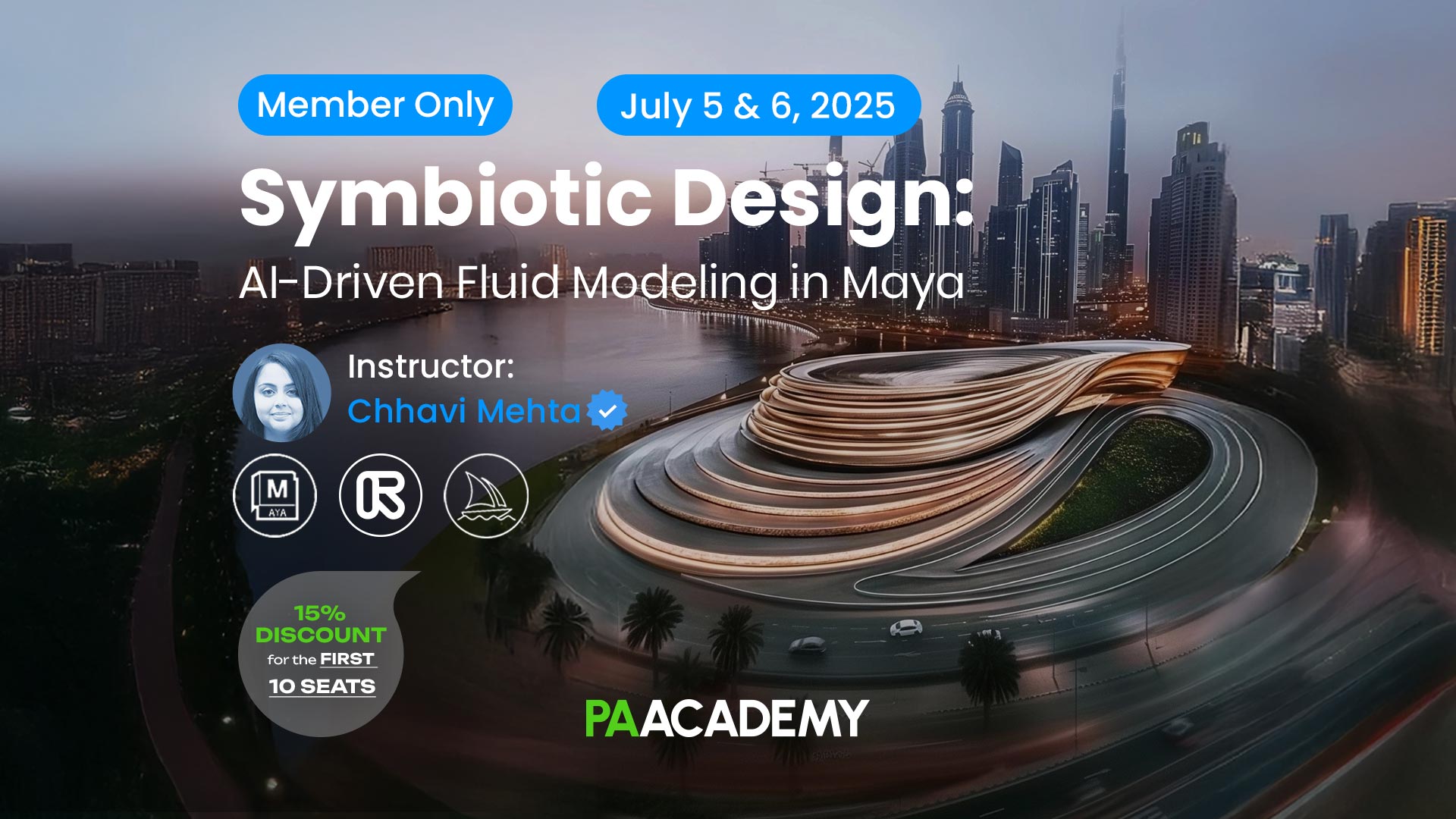


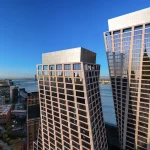
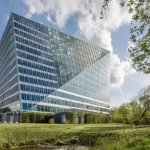
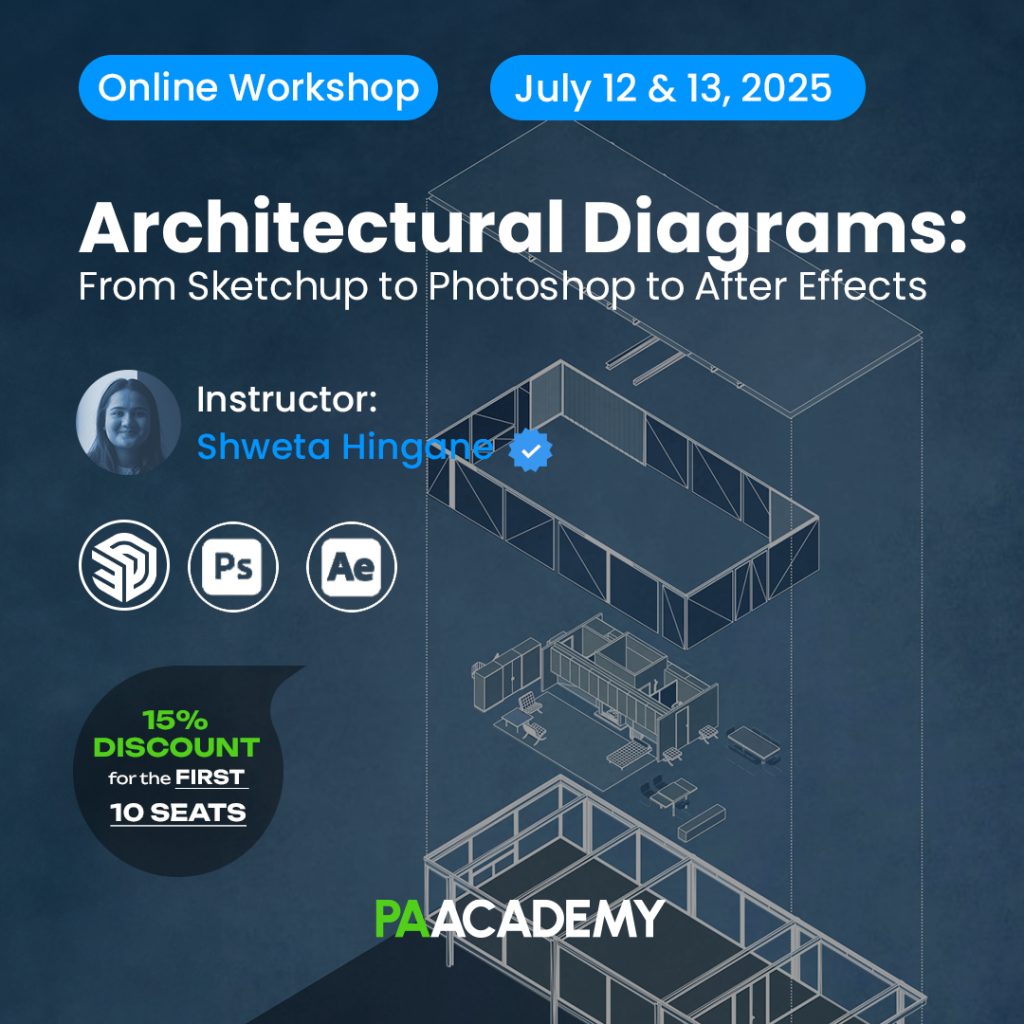
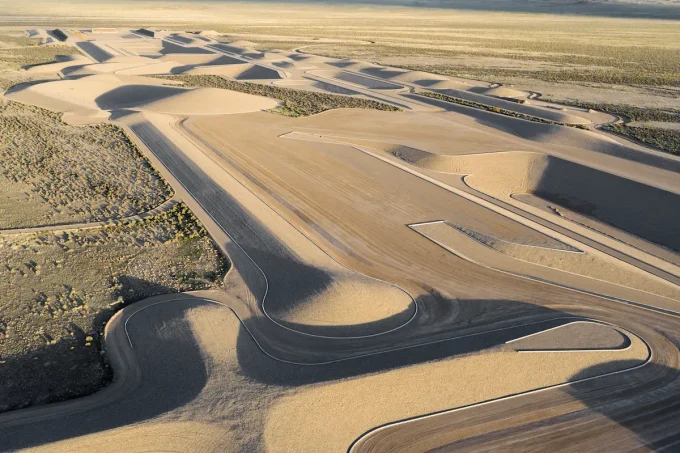







Leave a comment